Core Message on Community Agricultural Resources Management and Competitiveness Project
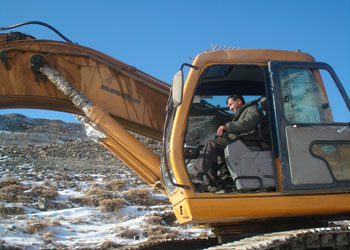
After Armenia’s independence in 1991, large privatization and decentralization processes in the agricultural sector led to the creation of around 340,000 agricultural households, which currently occupy an average territory of about three acres per farm. Animal husbandry is the only source of income for around 186,000 of these households. Yet, different underlying factors hamper farming households to operate effectively and compete in a free market. These factors include:
In order to systematically address these issues, the Armenian government launched the Community Agricultural Management and Competitiveness (CARMAC) project in 2011, with the support of the World Bank. The following actions are being implemented in 55 communities from six regions of Armenia:
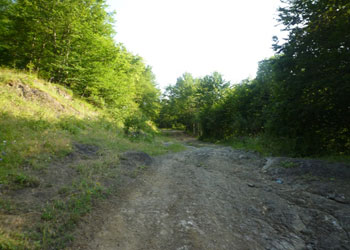
In response to the requests of rural communities and taking into account the strong alignment of CARMAC with Heifer International’s mission and values, Heifer agreed to support the project communities and participate in the project, actively contributing to solving the problems. The project was subsequently launched in 2011 and is being realized through joint efforts of Heifer and the Project Implementation Unit of the RA Ministry of Agriculture.
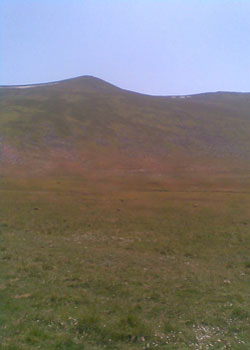
CARMAC is in line with the priorities set in Heifer Armenia’s Strategic Plan to create empowered and dynamically developing communities that are capable of changing the socioeconomic situation in Armenia. This includes the creation of social capital through the development of strong community groups, encouraging cooperation among community members and continuous provision of trainings and capacity building.
CARMAC is a unique Heifer project that will bring systemic change. Support for the 55 engaged cooperatives in terms of the 30 percent cost-share for acquiring agricultural equipment is, by itself, innovative. The cooperatives are committed to use part of their revenues for Passing on the Gift® (POG) of the monetary value of Heifer’s contribution in four years. This amount will be used to provide other co-ops with similar equipment.
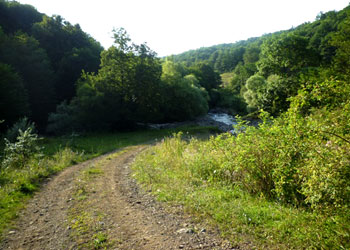
The project is of significant importance to the rural communities of Armenia, as it promotes more effective use of existing natural and technical resources and cultivates a sense of responsibility and private ownership among farmers. All of these are important preconditions that rural communities need to have for improving their socioeconomic conditions, enhancing income levels and reducing poverty.
Although the project was recently launched, the achievements of the participating communities are already tangible. The cooperatives that received equipment with the support of Heifer managed to serve their members well and realized a savings of about 24 percent in the first project year alone. This is a good example of how effective CARMAC is in building the capacity of farmer cooperatives and supporting smallholder farmers in Armenia. Therefore, the project has made excellent progress toward the expected results during the five years of project implementation.
These include: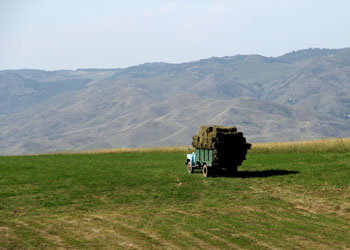
Altogether, realization of these goals will be a great step forward regarding the future development of Armenian communities.